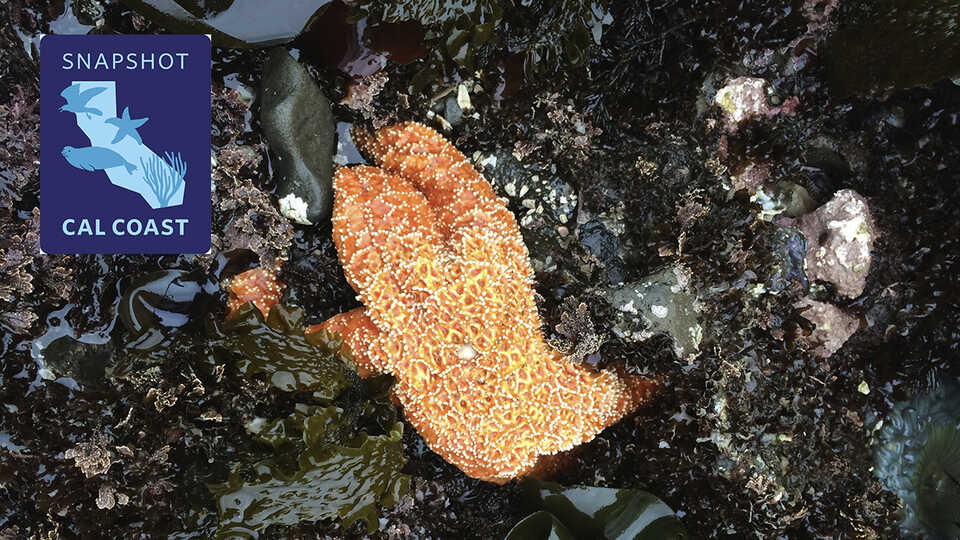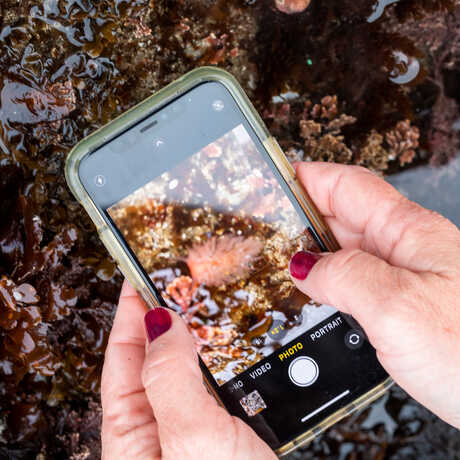For two weeks every year, the California Academy of Sciences—with support from the California Ocean Protection Council, the California Department of Fish and Wildlife, and the MPA (Marine Protected Area) Collaborative Network, and many other partners—mobilizes communities from Del Norte to San Diego to make and share observations of plants, animals, and seaweeds along the California coast using the iNaturalist app. By creating a real-time, statewide snapshot of current species ranges, we’re building a community of observers that provides valuable data for scientists at local, regional, and state levels, and answering targeted research questions in support of California Marine Protected Areas.

- This event has passed.
Snapshot Cal Coast, San Francisco
June 11, 2023 @ 10:00 am - 5:00 pm

Join us with the California Academy of Sciences on a summer solstice Snapshot of the California Coast, searching for sharks, seastars and surprising species in the San Francisco Bay in Aquatic Park San Francisco.
Snapshot Cal Coast is June 17-July 9! Help us document California’s incredible biodiversity on your own or at a bioblitz event near you.

Pisaster ochraceus and tidepool diversity. Pillar Point, San Mateo County, CA
Getting started is a snap!

Participating in Snapshot Cal Coast is as easy and fun as a day at the beach. Get started in six easy steps:
- Download the iNaturalist app for iOS or Android.
- Create an account to start making observations.
- Join the Snapshot Cal Coast 2023 iNaturalist project (coming soon).
- Head to the coast on your own time or during a bioblitz to make and share observations of plants and animals you see, especially species on our “most wanted” list (see below).
- Observe during low tide. See NOAA’s tide table to find exact times for low tides near you.
- Spread the word with hashtag #SnapshotCalCoast!
Keep tidepool etiquette top of mind
- Observe things where you find them. Never remove animals, rocks, shells, seaweeds, or plants from the tidepools.
- Walk gently, taking care to avoid stepping on animals or seaweeds.
- Do not “roll” rocks. Animals living on the underside of rocks can only survive there.
- Be aware of the wildlife around you and try to minimize disturbances.
- Be careful! Tidepools and rocky shorelines are slippery, and tides and waves can catch you off guard. Never turn your back on the ocean,
Most-wanted species
In addition to documenting as many species as possible from as many places as possible, we are also interested in learning more about a handful of “most-wanted” species and groups. These include introduced species for which we have limited data on their ranges, species whose ranges are affected by changing oceanic conditions and habitat modification, and species that are affected by emerging diseases.